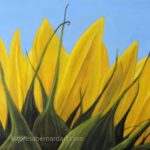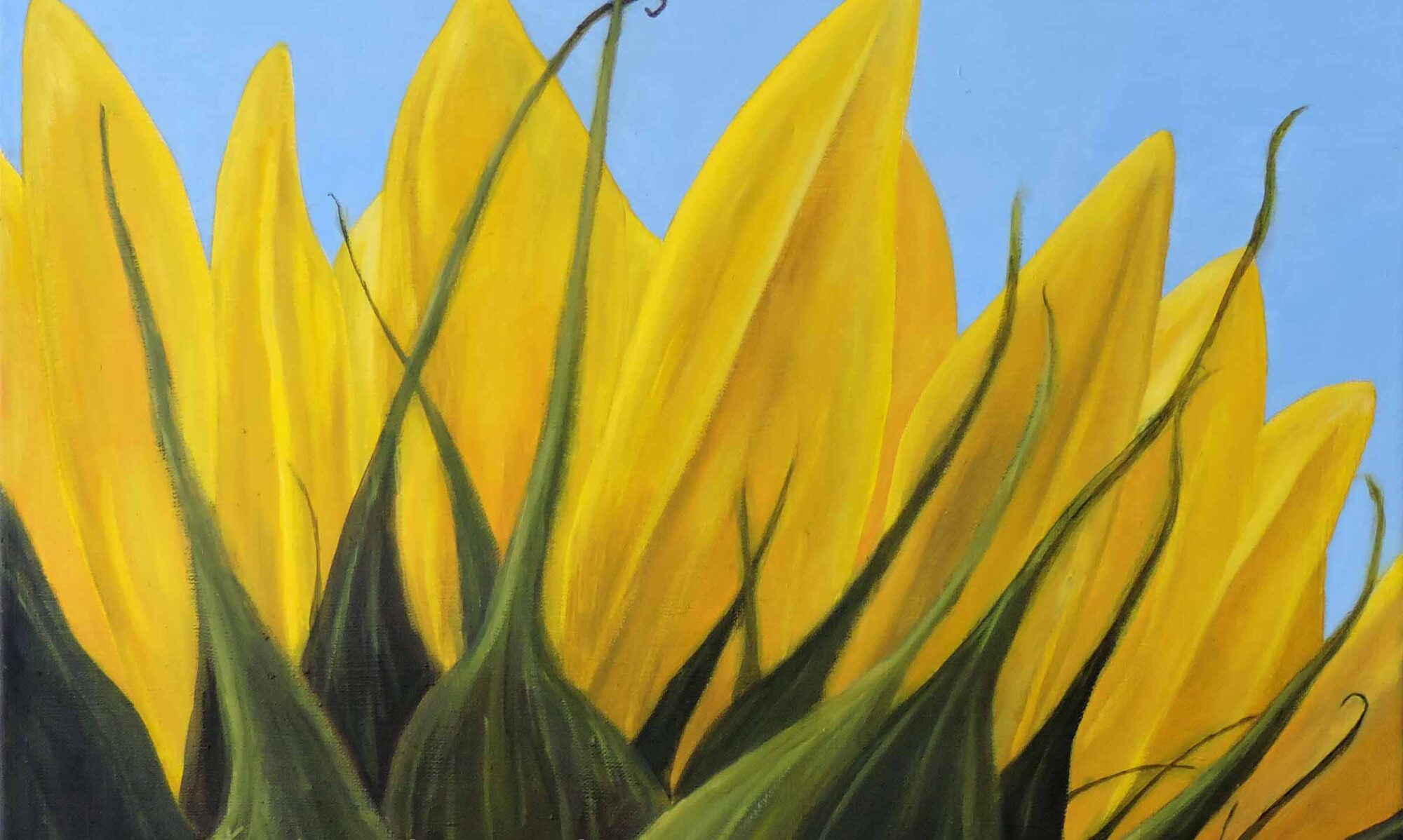
Art Critique Outline
An art critique is a valuable way to provide constructive feedback and help artists improve their work. It involves thoughtful analysis and evaluation of the art piece. Here is an outline with some key points to include when writing an effective art critique:
I. Introduction
A. State the title of the artwork and its artist.
B. Why did you choose this particular artwork to critique? What do you hope to accomplish with your critique?
II. Description
A. Begin your critique by describing the artwork objectively. What do you see?
1. Identify the medium (e.g., oil painting, sculpture, digital art) and any unique features.
2. Describe the central subject or theme. Note the visual elements such as color, composition, lines, shapes, and textures.
3. Mention any recognizable objects or symbols that carry deeper meaning within the composition.
III. Analysis
A. Dive deeper into the technical aspects of the artwork.
1. How is the artwork organized? What catches your eye? Is there a clear focal point? Evaluate the balance, symmetry, and visual weight of the piece.
2. Analyze how the art elements (e.g. line, color, shape, texture) interact and contribute to the overall effect. How do the elements come together? Is there balance or tension?
3. Consider the use of the design principles (e.g. balance, contrast, rhythm, proportion). How do these principles contribute to the overall impact of the artwork? Is there unity and harmony?
B. Evaluate the technical skills demonstrated by the artist. How effectively did the artist use these tools to convey their message?
IV. Interpretation
A. Share your interpretation of the artwork’s meaning. Go beyond the surface and explore the meaning behind the art. What emotions or ideas does it evoke? Is there a story being told?
B. Consider the context in which the artwork was created (historical, cultural, personal). Historical and cultural context can provide insights into the artwork’s meaning.
C. Explore symbolism or hidden messages. Reflect on the artist’s intentions. What message are they trying to convey? How does the artwork relate to broader themes or cultural influences?
V. Evaluation
A. Evaluate the strengths and weaknesses of the artwork.
1. Highlight what works well (strong composition, expressive brushwork, etc.).
2. Suggest areas for improvement (e.g., refining details, experimenting with color, etc.).
VI. Judgment
A. Based on your analysis and interpretation, form an opinion. Is the artwork successful in achieving its goals? Be fair and constructive. Judgments are subjective and should be supported with evidence from your analysis. Avoid personal biases and consider the broader artistic context. Keep in mind that different viewers may interpret the same piece differently.
VII. Summary or Conclusion
A. In conclusion, summarize your overall impression of the piece. Remember, the goal of an art critique is to help artists grow and refine their skills. Be respectful and considerate in your feedback.
Submitting Your Art Critique
FROM THE EDITORS: Teresa welcomes constructive feedback of her work. If you would like to submit an art critique of any of her paintings, you are encouraged to do so using the outline above. Please submit it and we will take it into consideration for publishing on her website.
You May Also Like
For more information and details, click or tap the thumbnail link.

20″ w x 16″ h

11″ w x 14″ h

9″ w x 12″ h
Art Gallery Quick Links
Flowers | Landscapes | Marine | People
Space Art | Still Life | Wildlife
Additional Reading
More information about this topic and many others can be found in My Artist Blog Index. Check it out!
Have a question?
If you have a question about this blog on “How to Write a Constructive Art Critique,” please contact us, and we’ll be happy to answer your questions.
Thanks for reading this!
Feel free to share this with your friends.

